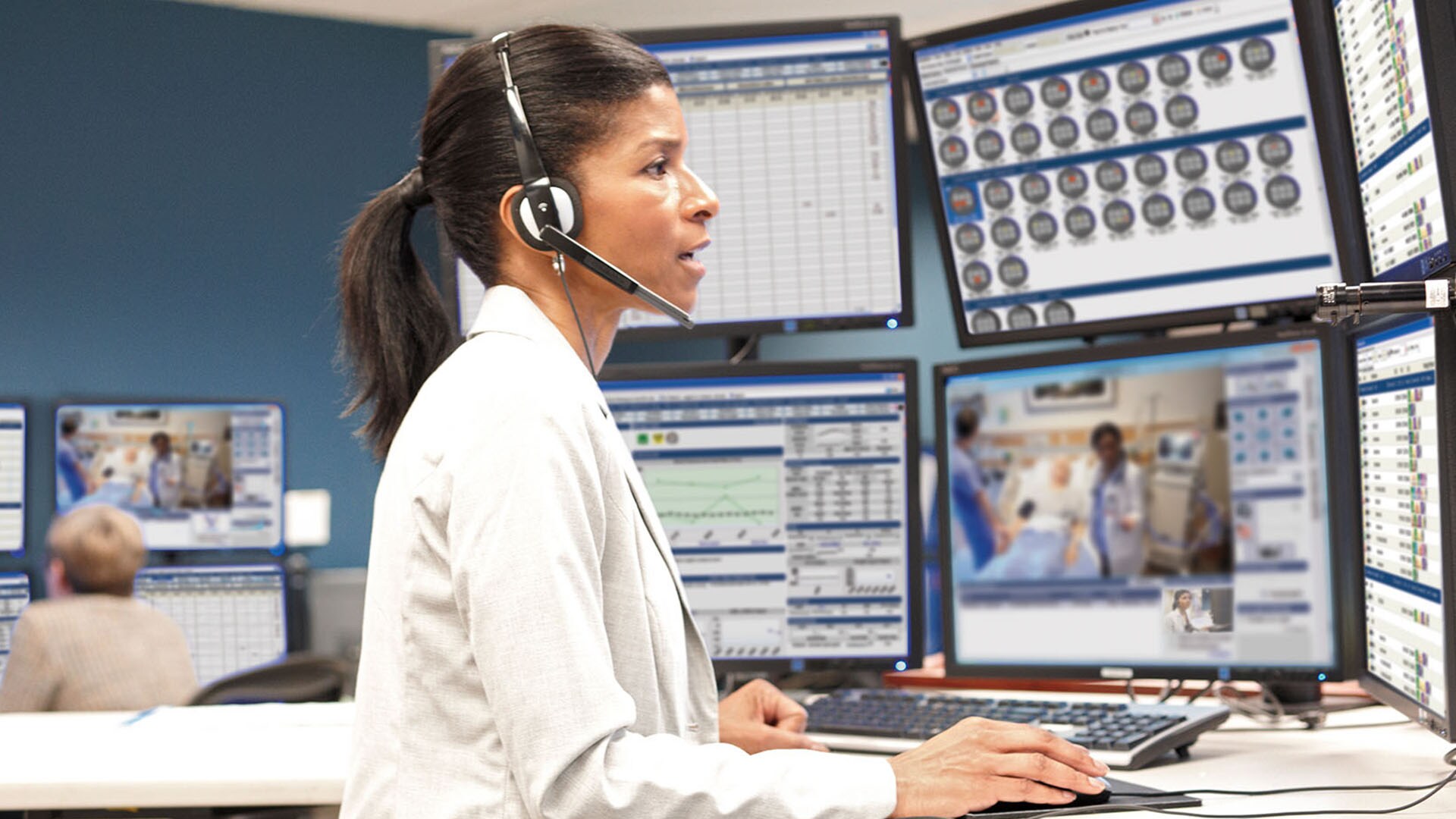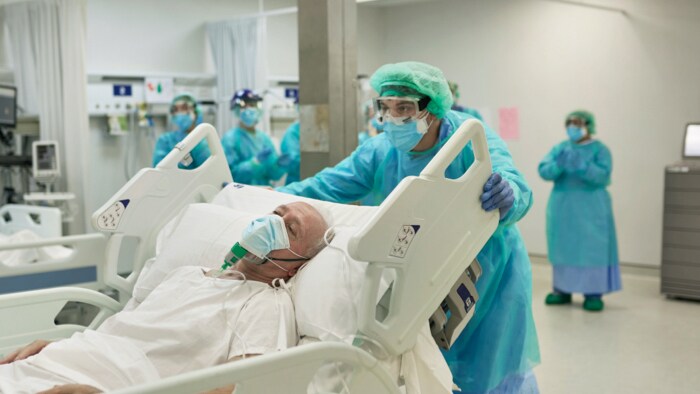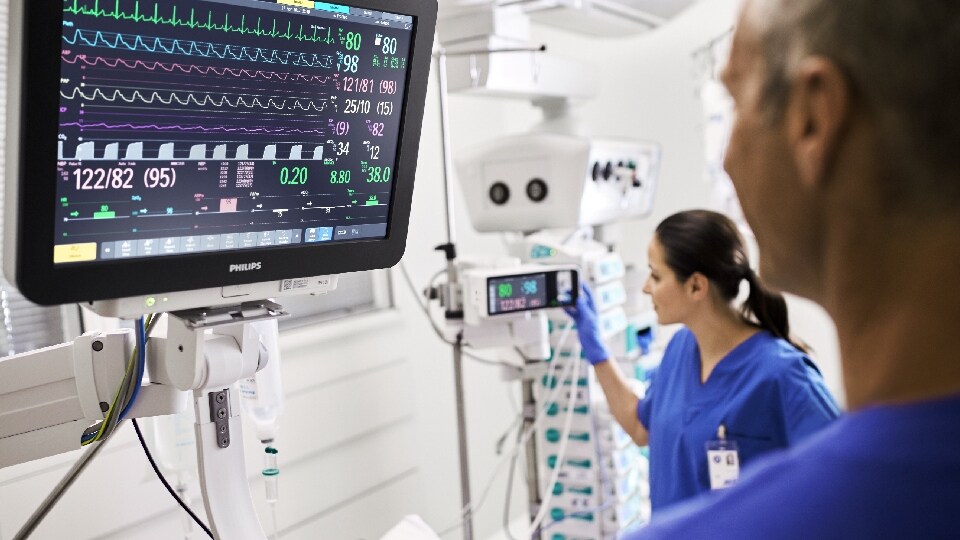Sep 30, 2022 by Philips
Reading time: 4-5 minutes
Technology can help stretched care teams save time and provide more proactive care
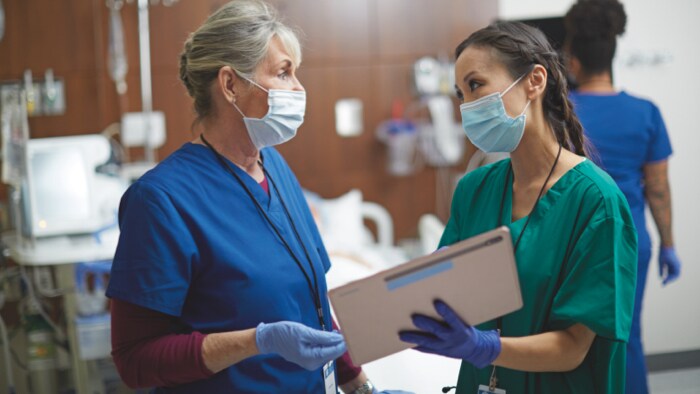
The World Health Organization estimates a projected shortage of 15 million health workers by 2030.1 As the clinician/patient ratio increases, it is increasingly difficult to provide the level of care that patients expect. Heroically, clinicians continue to rise to the challenge, dealing daily not only with fewer staff, but also caring for a patient population that is older and more likely to have chronic conditions.
These factors add stress to the already high-pressure acute care environment. It is not surprising that a study of more than 9,500 nurses found that 75% had felt stressed and 62% had felt overwhelmed. Among those surveyed who intend to leave their position within six months, 41% cited insufficient staffing as one of the reasons.2

Clearly, more must be done to support hospital staff, both to ensure quality patient care and to create a more supportive work environment that respects staff’s time and expertise. Technology can ease the burden for stretched care teams by delivering contextualized data to the desired location and person to drive fast and accurate clinical insights for more proactive care, and by creating and supporting clinically optimized workflows that promote efficiency and patient and staff satisfaction.
More proactive care
Delivering context-relevant information can help caregivers identify at-risk patients early, react confidently to changing patient conditions and fine-tune treatment for each patient.
Hospitals have no shortage of data, yet translating that data into actionable information can be difficult and time-consuming. Clinical Insights Manager is a cloud-based data aggregator and analytics solution deployed alongside PIC iX that is designed to help users transform data into action. Through the solution’s easy-to-use query, filter and sort functions, users can assess the current situation, set improvement goals, measure results and conduct retrospective clinical analysis. The solution includes Philips Alarm Insights Manager, which offers an interactive and intuitive dashboard that can help users identify opportunities to combat alarm fatigue, improve alarm accuracy and establish and share best practices.
Late intervention of patient deterioration leads to avoidable adverse events, especially in lower staffed and resourced general care units. Signs of deterioration are present 6 - 8 hours before a critical event.3 Early warning scoring can help prevent unnecessary delays by allowing caregivers to identify patient deterioration early, reduce response times and plan appropriate intervention. Automated early warning scoring is integrated into the PIC iX 4.0 central station, for continuity from critical care to general care.
Often it is the aggregate of several patient vital signs parameters that alerts caregivers to a potential problem, despite each parameter on its own falling within normal variation from baseline values. Philips Advanced Event Surveillance enables multi-parameter alarming by automatically correlating up to four parameters and elevating them to an “event” for clinician review when indicated.
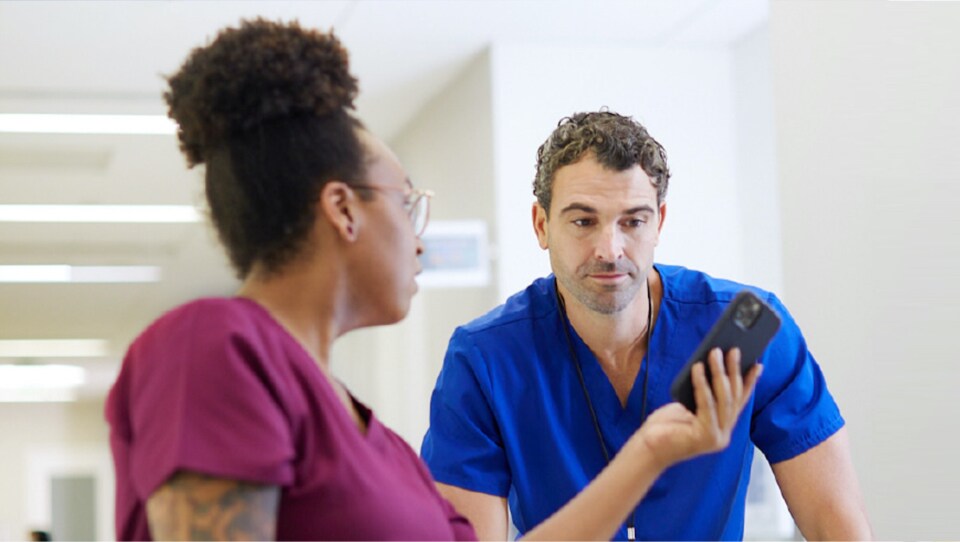
Clinically optimize workflows
By simplifying and standardizing clinical workflows, technology helps clinicians focus their attention efficiently and effectively: understanding patient status and responding to patients who need care, and determining when a patient is ready to transition. Automating tasks and supporting mobile caregivers frees more time for patient care.
In response to staffing shortages, many nurses no longer specialize at a single acuity, but instead are assigned to work in several departments. Philips PIC iX 4.0 provides a common platform and infrastructure across acuities to support staffing flexibility while simplifying vital signs validation and sending early warning scores to the EMR.
Enhanced event notification solutions are designed to improve response time, reduce missed alarms, and improve caregiver satisfaction. One significant feature is that caregivers do not need access to the central station to export waveforms to the EMR. Instead, they can capture and annotate wave strips using the CareAssist mobile app and export them via the web directly to the EMR. CareAssist also supports mobile caregivers by enabling them to trigger NIBP and SpO2 measurements and silence alarms from their phones, rather than at the patient bedside. If the assigned caregiver doesn’t respond to an alarm, it is automatically escalated to another caregiver.
IntelliVue X3 instantly transforms from a multi-measurement bedside module into a rugged, fully functional transport monitor, streamlining clinical workflow and supporting continuous data capture. At one hospital, it reduced the average time spent on the transport process from 5 minutes to 3.9 seconds.4
Entering passwords provides security but can also slow down workflow, particularly if forgotten passwords need to be reset. Imprivata allows access to PIC iX via an RFID badge and proximity card reader, and access to CareAssist without the need to re-enter passwords.
By simplifying and standardizing clinical workflows, technology can help clinicians focus their attention efficiently and effectively: understanding patient status and responding to patients who need care, and determining when a patient is ready to transition.
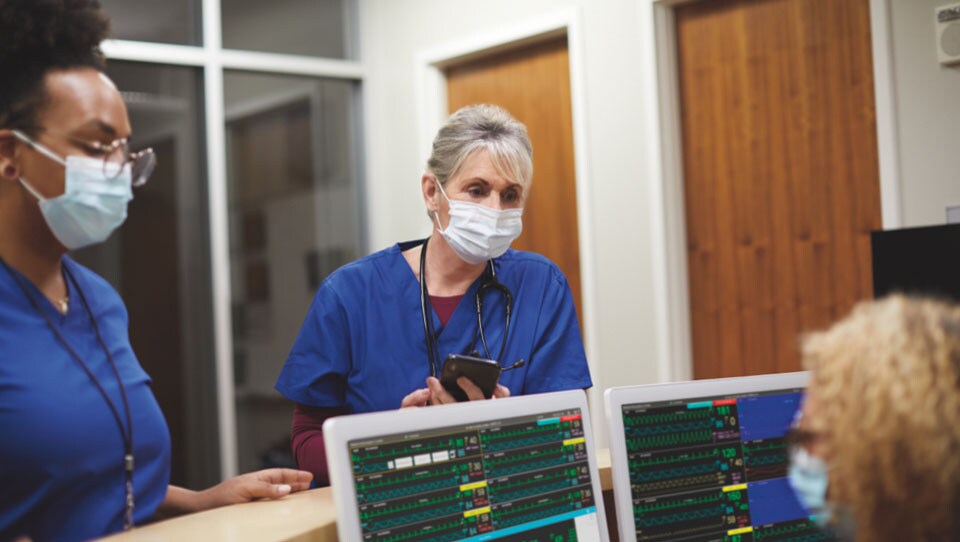
Towards the future
When clinicians have access to enabling technology where it is most convenient, they can potentially provide timely patient care with less stress. Philips is committed to a solution-based approach towards software development that tackles real clinical problems across product lines, ever mindful of the power of the right information delivered at the right time to the right person.
Explore our acute patient management products and capabilities
Share this article
Sign up to receive news and updates from Philips.
Explore more
-
![Seven key success factors for digital transformation in healthcare]()
Seven key success factors for digital transformation in healthcare
Read the story -
![Jackson Memorial Hospital leverages Enterprise Monitoring as a Service]()
Jackson Memorial Hospital leverages Enterprise Monitoring as a Service
Read the story -
![How do our connected devices help inform clinical decision-making?]()
How do our connected devices help inform clinical decision-making?
Read the story
